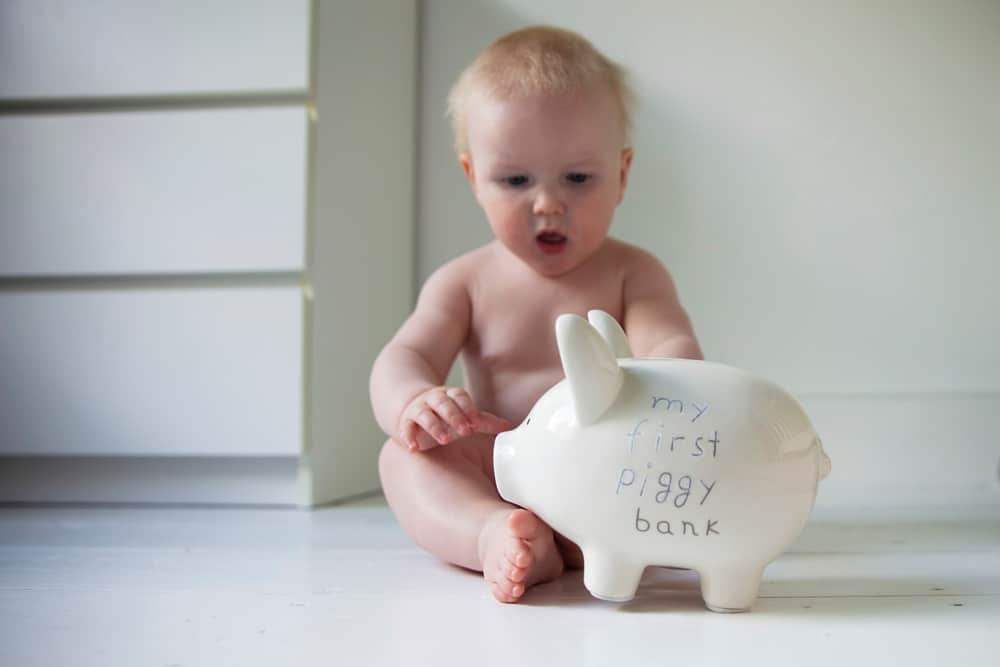As you venture into financial independence, one of the first responsibilities is finding safe investment and savings vehicles for your cash. The fundamental tool for holding funds is the checking or savings account. However, before delving into the specifics of the question, “what do you need to open a bank account,” it is vital to understand the advantages of different product types and select one that suits your precise needs.
Table of contents
What Are the Advantages of a Bank Account?
For many young investors, accumulating and growing wealth is at the forefront of their economic
strategy. For those money-hungry individuals with limited fiscal responsibilities, a bank account
may not seem to offer the high-yields they wish to experience, but having a saving and checking
account is not about net gains; it is about convenience and security. There are several
advantages to having a bank account:
- Safety
- Low Costs
- Credit accessibility
- Ease of use
- Earned interest
- Future planning
Using a bank is not about building rapid wealth. Instead, checking and savings accounts
are a safe way to establish a financial history, making it easier to make investments and take
risks later. With that understanding, it is time to review who should open a bank account.
Who Should Use a Bank Account?
Any employed person or individual making money should have a bank account. The type of account will vary based on your level of income and investment ability, but typically, you should have a checking account at a minimum.
A checking account will allow you to keep track of your finances. Most people struggle to keep track of spending when they use only cash. A checking account keeps most people accountable, which means you will have a better chance of success when budgeting.
If you make enough, you may want to open a savings account. Savings programs allow you to earn a higher interest rate on your money, anywhere between 1% and upwards of 3.5%, depending on the account type.
When you wish to open a bank account, the needed materials will vary. While a checking account may not require a minimum balance, a savings account typically does between $25 and $100 for most standard savings accounts.
When and How Should You Use a Bank Account?
In planning to open a bank account, it is also essential to ask yourself how you plan to use it once you have it. The purpose of a bank account is to manage money. Therefore, account ownership is a responsibility, and if you overlook that responsibility, you risk incurring various fees and financial hardship.
You should use a bank account to either save or budget money. If possible, have your check direct deposited into your account. Once received, look at your finances and determine what percentage of the money goes toward essentials, luxuries and savings. Senator Elizabeth Warren created a simple budgeting formula, the 50/30/20 rule. In her model, 50% of after-tax income goes to needs, 30% to wants, and 20% to paying down debt or saving. If you stick to her model, then you would place 80% of your pay into your checking for budgetary obligations and wants. The remaining 20% either go into a savings account or toward other outstanding debt.
Examples of Using a Bank Account
There are many account types to consider before you open a bank account. However, there are three primary ways people actively use a standard checking account:
- Direct deposit
- Automatic bill pay
- Debit transactions
Consumers typically use a direct deposit to transfer their paychecks into their checking account directly from the source. However, such deposits are also useful for receiving funds from other sources.
If you have recurring bills, it is often easier to set them up for automatic payments, which most banks will allow. However, be careful when using autopay, making sure you have the necessary funds for the transaction.
Finally, many consumers do not like carrying large sums of cash on their person. A debit card allows you to make payments from your checking account, similar to a credit card purchase.
Steps for Having a Bank Account
Opening a bank account is straightforward and banks try to make it as uncomplicated as possible. There are essentially six steps:
- Gather essential information (identification, proof of residence, required deposit)
- Complete the application in-person or online
- Sign necessary documents and signature card
- Make an opening deposit
- Receive account tools (deposit slips, checks, debit or ATM card)
- Set up your online profile and direct deposit information
Quick Questions
Is there a fee to maintain your bank account?
Fees depend on the institution. While many banks do not require a maintenance fee, others do. However, some banks will waive the fee if you keep a minimum balance in the account.
Do you need to keep a balance in the account?
You will want to get clarification on mandatory minimums before you open a bank account. Not every bank insists on carrying a mandatory balance, but some do, and they will charge you a fee if you do not.
Can you use ATMs for free?
Most banks will have a network of ATM providers that you can use for free. Like most online banks, some traditional banks may allow you to use all ATMs without charge, but you will need to ask a representative to be sure.
When asking yourself, “what do you need to open a bank account,” remember that the answer entails more than just identification. You also need to understand the fees and structuring of the account. For more information about opening an account, you can contact a local branch. You want to take your time and research your choices before selecting any institution or account type. For more information try moneymash.com.

One thought on “A Guide To Understanding Your First Bank Account”